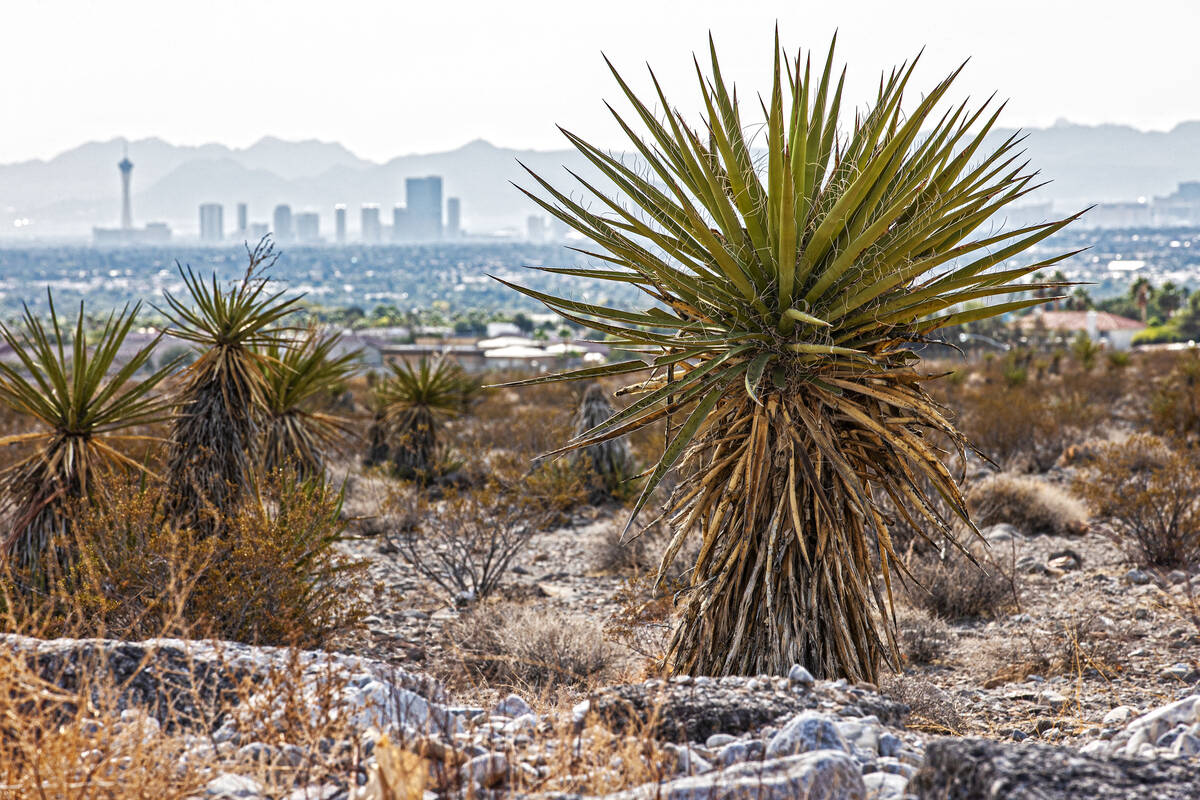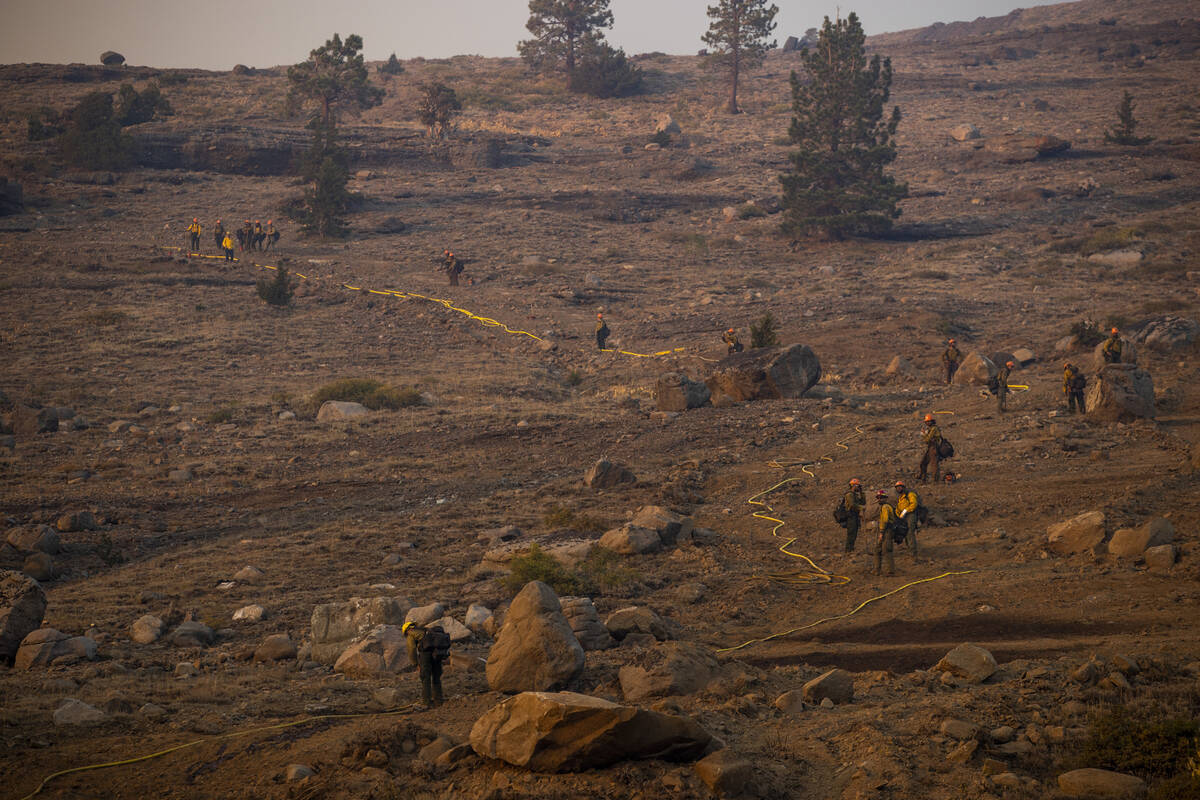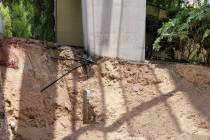Drought-stricken Southwest could experience another dry La Nina winter
Cool conditions that have developed in the Pacific Ocean are pointing to increased potential for another dry winter in the drought-stricken Southwest.
Last week, the National Oceanic and Atmospheric Administration said a La Nina system has developed and is expected to last into the spring, marking a second winter of such conditions.
The weather patterns typically created by La Nina are of no help to the parched Southwest, which needs multiple wet years to bounce back from a historically dry period that has been driven by warmer temperatures and decreased precipitation.
“And when you see a precipitation forecast like this that isn’t favorable for above-average precipitation, it highlights a low likelihood of drought recovery widespread across the Southwest,” said Andrew Hoell, a meteorologist for the climate agency.
La Nina occurs when ocean surface temperatures in the tropical Pacific are cooler than usual, affecting weather patterns across the planet. The cooling events tend to result in drier conditions for the Southwest.
That doesn’t mean every La Nina winter in the Southwest is warm and dry, according to Steph McAfee, Nevada’s state climatologist and an associate professor at the University of Nevada, Reno.
Forecasters are expecting this winter’s La Nina to be weak to moderate in strength, National Weather Service Meteorologist Chris Outler said. Last year’s La Nina, he said, was moderate.
The stronger the La Nina, the more pronounced the weather anomalies would be. Still, officials are expecting this winter to be drier than normal with above-average temperatures, he said.
McAfee said the Southwest stretches about as far north as Southern Nevada, but does not include areas farther north in the state, which are influenced much less by La Nina.
Dryness could increase water demand
McAfee said another warm, dry winter in Southern Nevada means local water sources, such as smaller streams and rivers, could suffer.
She said another potential effect is increased demand for water.
“Of course, if it’s not raining, people might be more tempted to turn on the sprinklers during their watering day, rather than just letting the storms water their yard,” McAfee said.
Water conservation in Southern Nevada depends almost entirely on outdoor use because that is the water that cannot be treated and sent back to Lake Mead.
While La Nina may further parch the Southwest generally, it does not necessarily mean flows on the Colorado River, the source of about 90 percent of Southern Nevada’s water, would suffer.
Most of the water that eventually flows into Lake Mead comes from the northern reaches of the Colorado River Basin, where La Nina has less influence on precipitation, McAfee said.
Researchers have found no strong correlation between Colorado River runoff and La Nina conditions, according to Warren Turkett, a natural resource analyst for the Colorado River Commission of Nevada.
Where there is a correlation is with dry conditions in California. If that state is dry, he said, it will be more reliant on water from the Colorado River.
“So it’s all interconnected,” Turkett said.
More than water
But the ripple effect of prolonged drought conditions extends beyond water supplies for the region. The Mojave Desert lives and dies by rain that falls during the winter, said Patrick Donnelly, Nevada state director at the Center for Biological Diversity.
“Our ecosystems are right on the brink of disaster from the current drought, and another dry winter is, it’s almost unthinkable, really,” he said.
Drought conditions are starting to reveal the potential for widespread plant die-off, which could harm air quality regionally, Donnelly said.
“The soil of the desert is kept intact by the plant communities there,” he said.
And the viability of wildlife in the desert, such as birds, depends on rain, according to Donnelly. The effects on animals from a lack of rain are already apparent, he said.
“It’s real quiet in the desert this year because of the drought,” he said.
Animals reproduce more, and have a better chance of surviving to reproductive age, when there is more rain, Donnelly said.
“You start compounding these bad years for reproduction, these drought years, and, you know, this is why we’re in an extinction crisis,” he said. “Because those population levels may not have a chance to recover.”
Contact Blake Apgar at bapgar@reviewjournal.com or 702-387-5298. Follow @blakeapgar on Twitter.
































